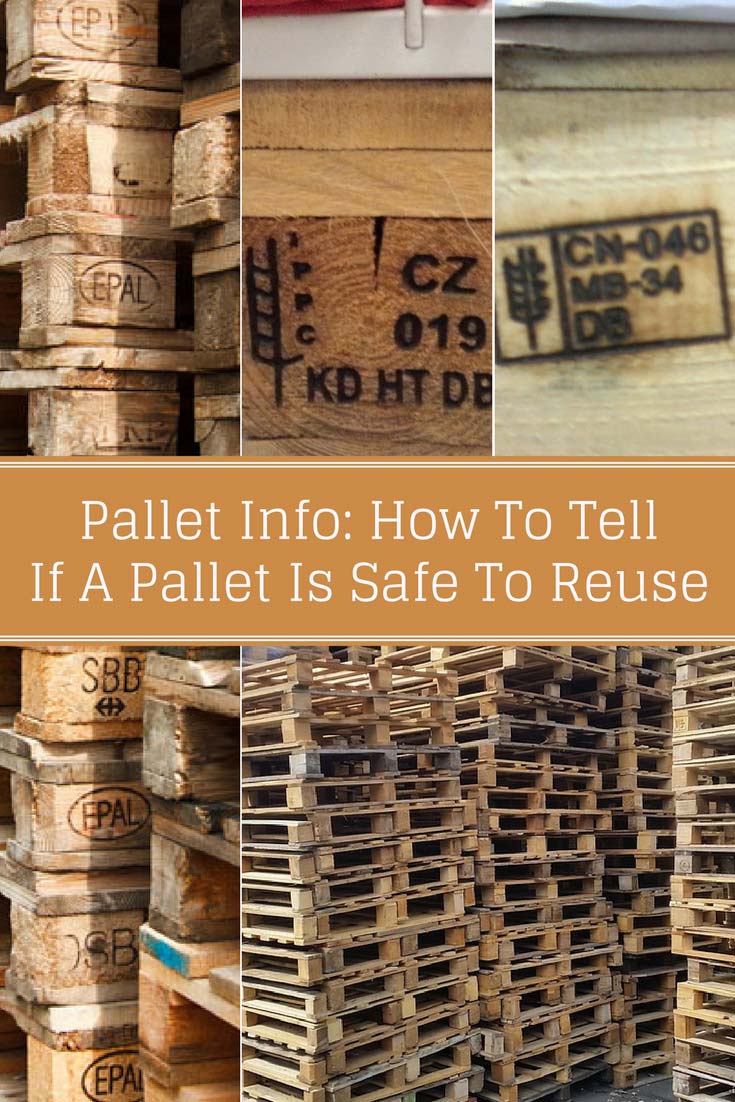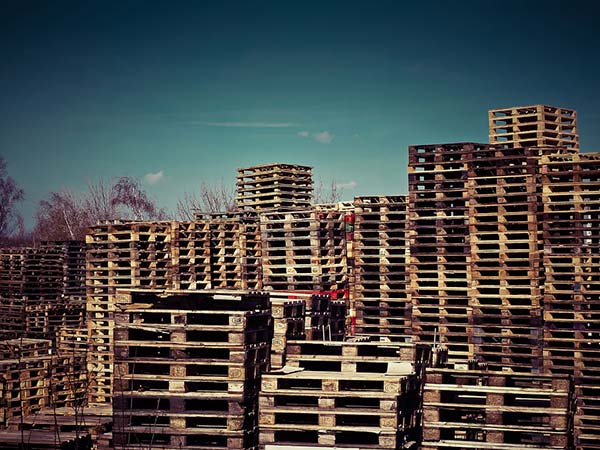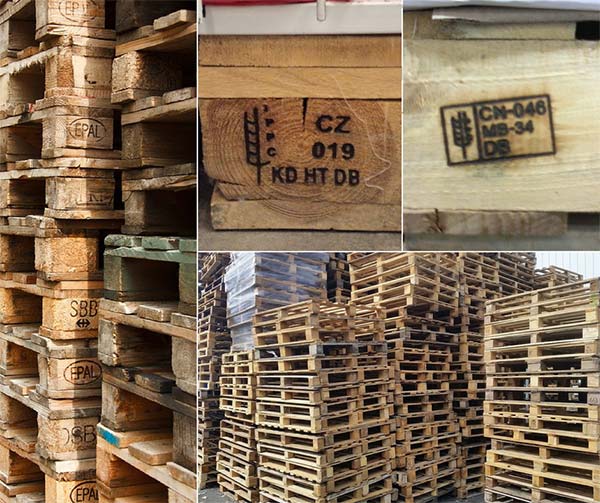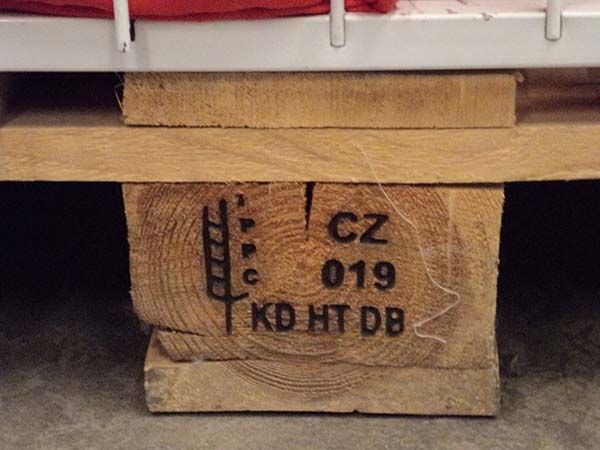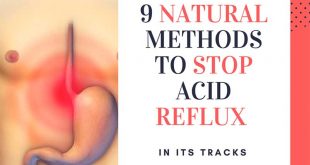Pallet Info: How To Tell If A Pallet Is Safe To Reuse
Pallet projects are gaining in popularity as the DIY movement gains traction. Pallets constitute inexpensive, sometimes even free, lumber that, with some ingenuity, can be transformed into a table, shelves, bookcase or anything else you can think of. If you are looking for ways to reuse pallet you might want to check out 20 DIY Pallet Projects for Your Homestead. There’s just one catch:
How can you be sure that the pallets you find are safe to use for whatever your project is? Where did the pallet come from and what was it used for before you found it?
The fact is, many shipping pallets are treated with chemicals or have been exposed to toxic compounds that would make them unfit to use near food or even around young children or pets. How can you be sure that the wooden shipping pallets you use are safe when even new pallets might be chemically treated?
You can’t always tell just from looking whether a pallet has been:
- Fumigated to prevent infestation with toxic insecticides
- Exposed to toxic bacteria from animals or food
- Chemically treated
- Exposed to drug spills or residue
While a pallet found on the side of the road will never divulge all of its secrets just from close scrutiny, there are certain things that you can figure out if you know what to look for. Below, we’ve compiled some tips to help you navigate the ins and outs of shipping pallet designations so that you can proceed with building and DIY crafts without fear or uncertainty.
Whether you found your shipping pallet at a business or warehouse or on the side of the road, here’s what you need to check for:
- How clean is it?
Do not use a pallet with stains or spills on it. Even if you think that you can accurately identify the spilled substance, it is safer to use only clean pallets. - Is it a colored pallet?
Colored pallets are often used to ship items within the pool industry. It is likely that they have been exposed to chemicals. Their use is therefore not recommended. - Does it have an identifying stamp?
Most pallets are stamped somewhere. Flip the pallet over and don’t forget to check the sides. You’ll almost certainly find some kind of identifying stamp or marking. The stamp should include an IPPC logo and a code indicating the method of treatment.
IPPC – These letters stand for the International Plant Protection Convention and indicates that the pallet has been certified for international shipping. The IPPC regulates the international shipping of wood products, including pallets. Pallets that meet IPPC standards cannot be made of raw, untreated wood. They must be made of material that does not carry plant diseases or invasive insect species. In other words, these pallets have been treated and the treatment supervised by a designated agency. Pallets that do not bear the IPPC logo may or may not be safe to use. Just to be safe, though, stick to pallets that are IPPC stamped.
The second marking to look for will tell you how the pallet was treated. Here are some of the codes you might see and what they mean:
MB – This indicates chemical fumigation. More specifically, the pallet was fumigated with methyl bromide. Methyl bromide fumigations were banned in 2010 and no longer meet IPPC standards, but pallets treated in this manner are still in use. If the pallet has an MB logo, it will most likely appear near the IPPC stamp. It probably goes without saying but, if the pallet bears an MB stamp, it is not safe to use.
DB – This is a common stamp to find on a pallet and indicates that the pallet was debarked and meets IPPC standards. The existence or omission of a DB stamp does not speak to how safe the pallet is to use.
HT – Pallets bearing this logo have undergone heat treatment for at least half an hour. Pallets that have undergone heat treatment must reach a minimum core temperature of 132 degrees F. If the pallet has been heat treated, the HT stamp will be near the IPPC logo.
Once you start looking for logos, you’ll be surprised by the frequency with which you come across the three logos listed above. This is because, by regulation, wood shipping materials must be debarked before they are fumigated or heat treated. This process protects against insect infestation both before and after the lumber is manufactured into pallets and other things.
Here are some other stamps and logos you might come across once you start scrutinizing your shipping pallets more closely:
00 – This two-digit symbol indicates the certification number of agencies in charge of regulating individual wood packaging manufacturers. The pallet, or other wood packaging material, can be traced back to the auditing agency using this certification number.
XX – These two letters stand in for the ISO country code. For example, GB means the United Kingdom and US means the pallet was manufactured in the United States.
1111 – Each manufacturer or treatment facility is issued a four-digit certification number. It should be possible to trace wood packaging material back to the manufacturer or treatment facility.
Other – There are various other compliant stamps that provide additional information about the suppliers, manufacturers, and producers of wood packaging material.
Pallets without stamps: Most likely, a pallet without any stamps was not used for international shipping. Pallets that have only been used for domestic transport are usually safe to use and have not been chemically treated. However, the absence of stamps is not a guarantee of safety. The safest option is to use pallets that do have stamps so that you know for sure if and how the pallet was treated and where the pallet came from.
Final note: while it may be gratifying to scavenge for pallets, you can also buy brand new pallets that have never been treated with chemicals from a company called Uline, a shipping supplier with an extensive online catalogue. You can order heat tread pallets made from recycled wood or hard wood, such as maple, oak, cottonwood, or elm.
 Home and Gardening Ideas At home and Gardening ideas we believe inspiring readers about homesteading, self sufficiency
Home and Gardening Ideas At home and Gardening ideas we believe inspiring readers about homesteading, self sufficiency
